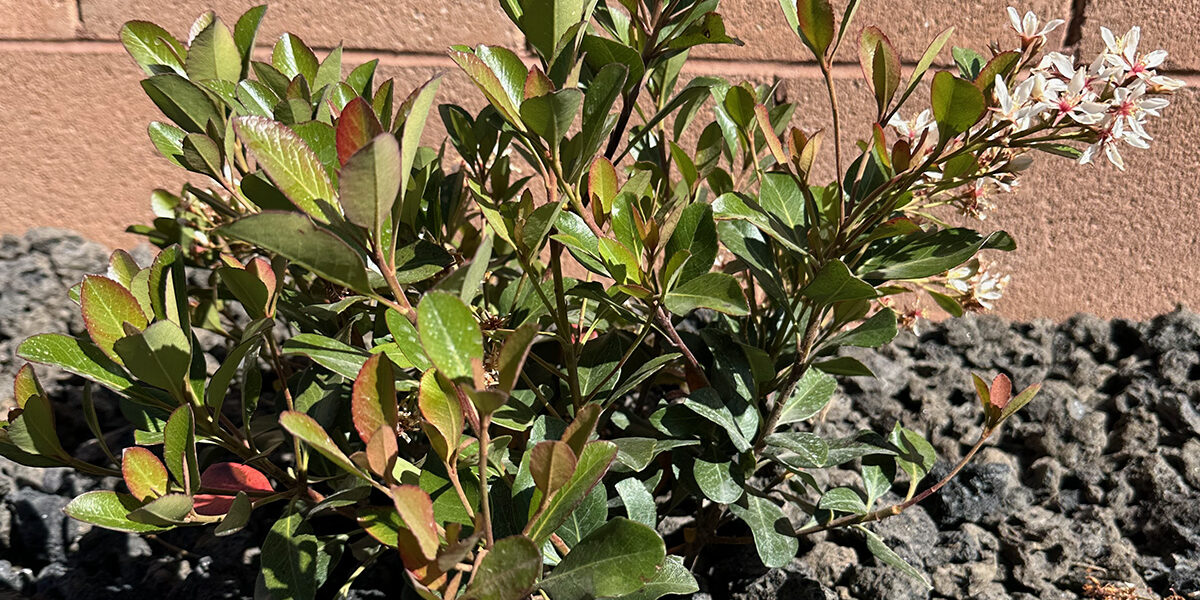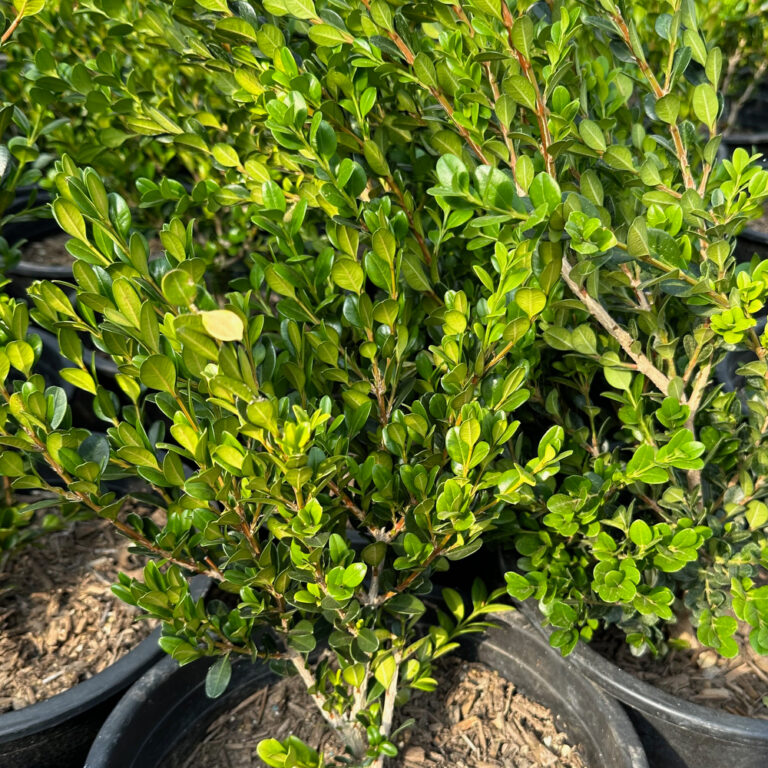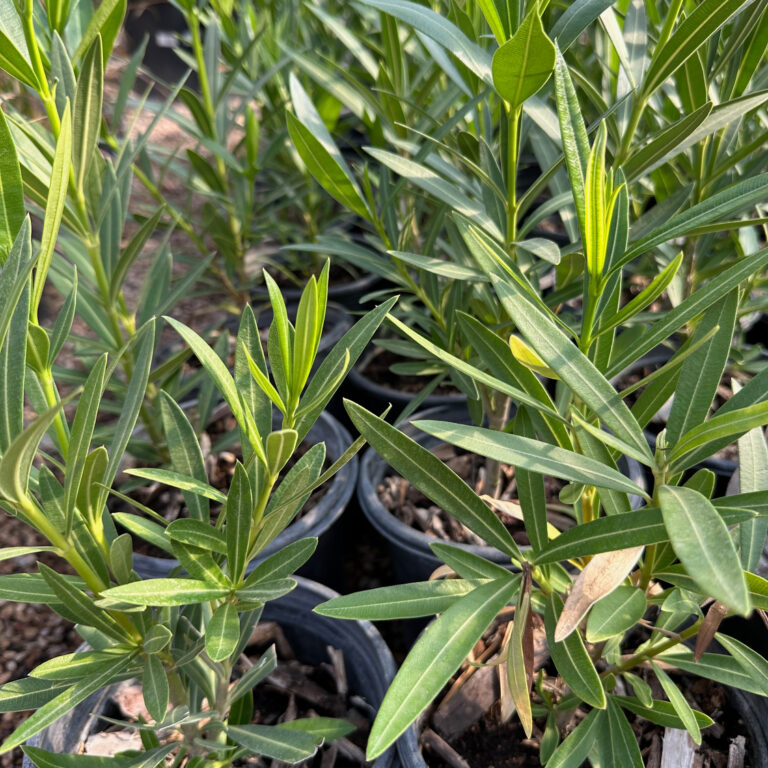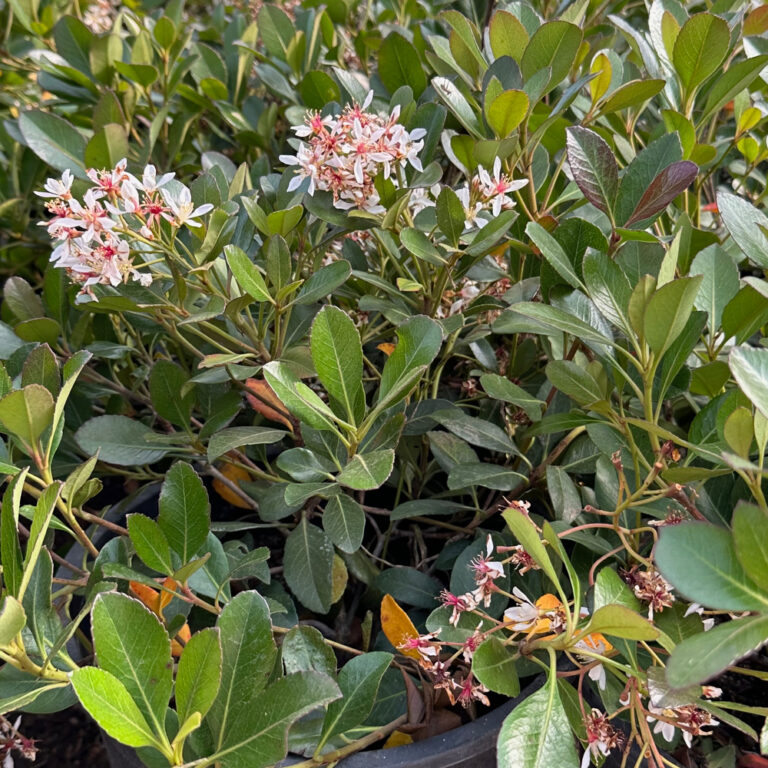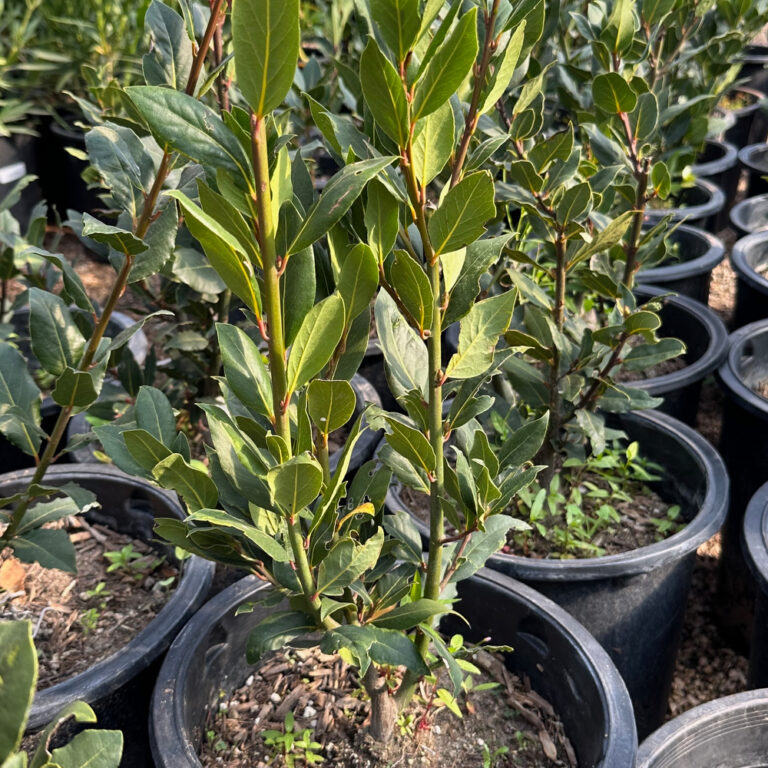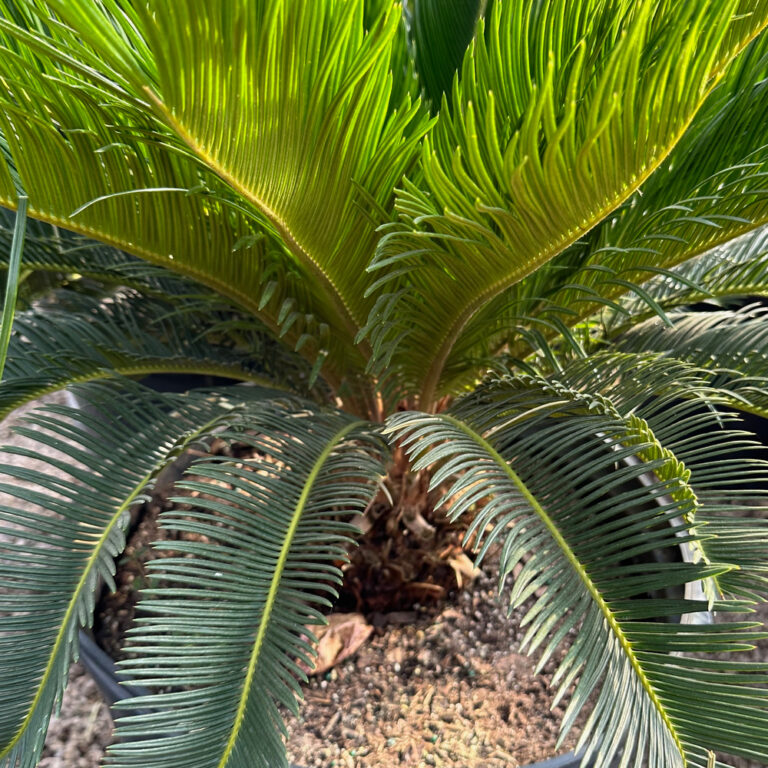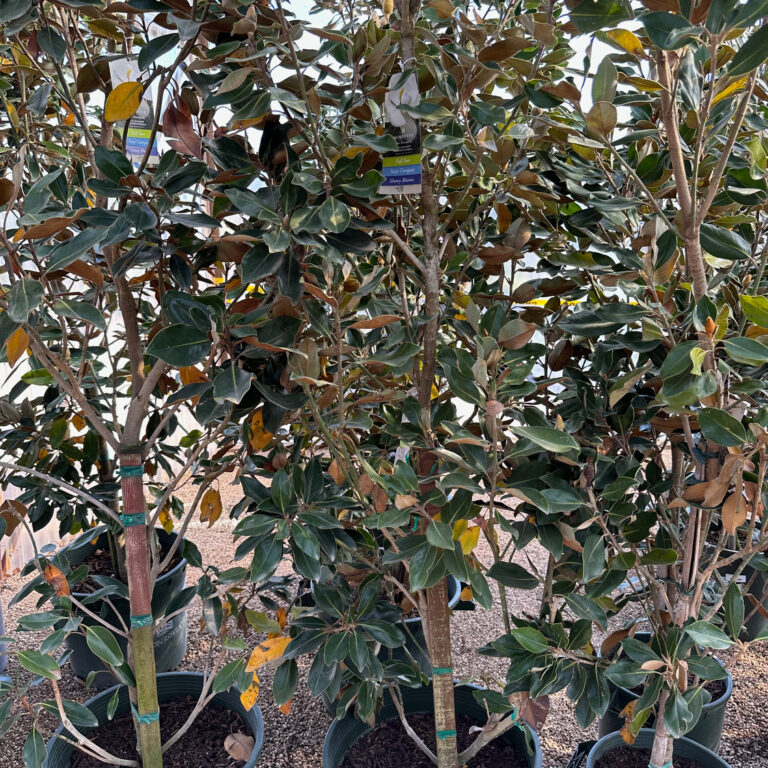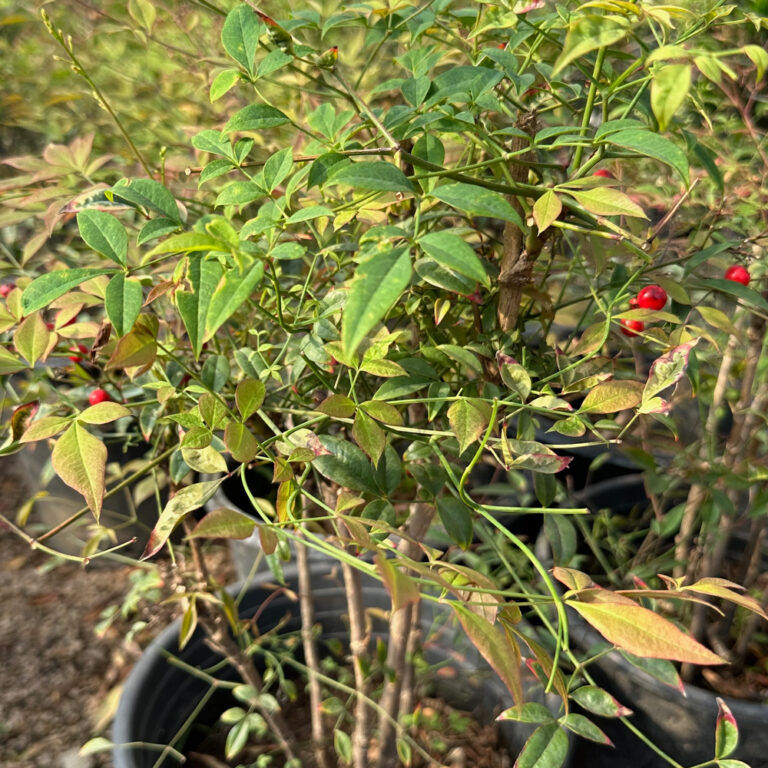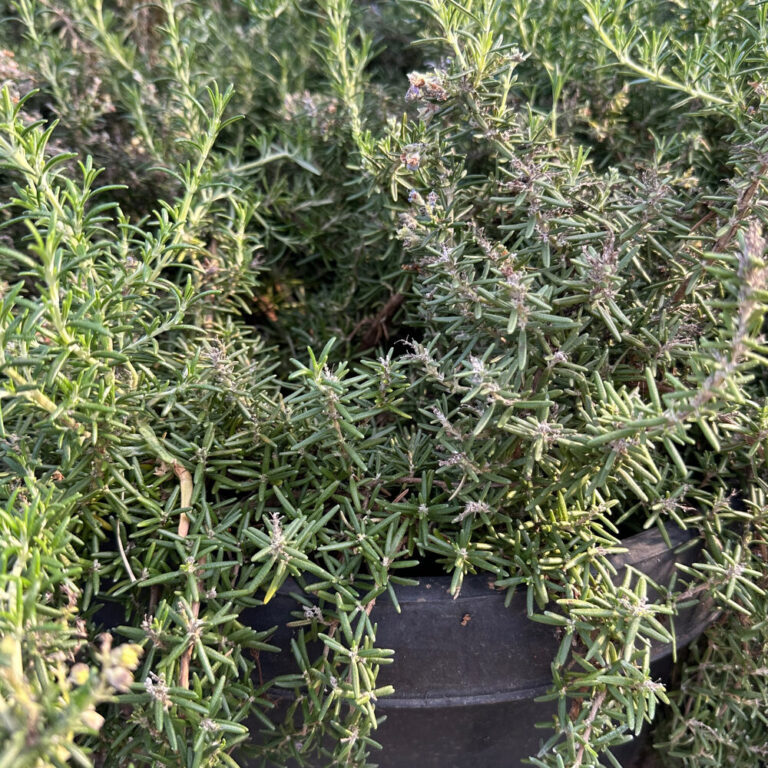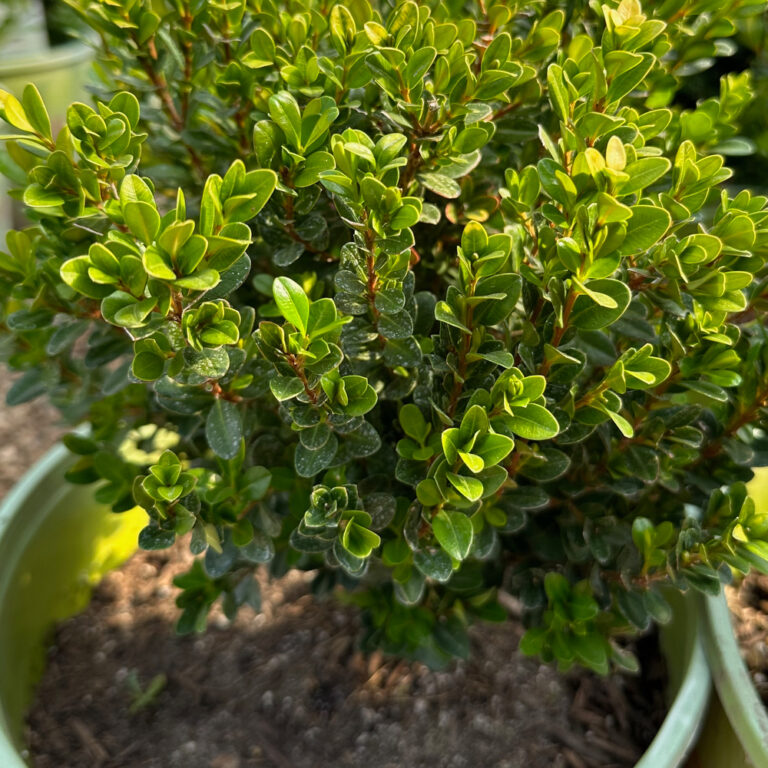What Shrubs and Bushes Will Thrive in a St. George Landscaping Project?
Drought and Heat Tolerant But Also Hardy Enough to Survive an Occasional Freeze
St. George landscaping shrub and bush planting projects are nearly as challenging as tree plantings due to the unique climate we live in. Here on the border between the Colorado Plateau and the Mojave Desert ecosystems, we are faced with hot summers but the chance of extended freeze in the winter also exists.
As of 2023, most of the St. George Area is located in the 8b zone on the USDA plant hardiness map. However, there are areas of Washington County that range as low as zone 6a. This means our area can see average annual extreme minimum winter temperatures ranging as low as -5°F to 0°F and as high as 20°F to 25°F.
Couple those wide-ranging potential low temperatures in winter with an average temperature over 100°F in July in St. George and humidity rarely above 40 percent and it quickly becomes apparent that it takes a hardy plant to survive and thrive in southern Utah.
When selecting St. George landscaping shrubs consider the following:
- Know the mature size of the plant relative to the given space.
- Know the shape characteristics of the shrub and the pruning needs of the plant.
- Give adequate clearance utilities above and below ground, walkways and driveways.
- Know the water requirements of the shrub before determining location.
- In groupings, create diversity of species to provide year-round interest and interesting composition.
- And choose shrubs that will survive the heat of a southern Utah summer and won’t be killed off when temperatures dip below freezing is key.
St. George Landscaping Shrubs and Bushes Guide
There are a large number of native and non-native shrubs and bushes that will do well in the St. George summer heat and occasional winter freeze.
If you have questions about any of these plants, give us a call! We can help you find the perfect shrub for your specific area of southern Utah.
These are just a few of our favorites. Check back often as we’ll continue to update this list.
Shrubs
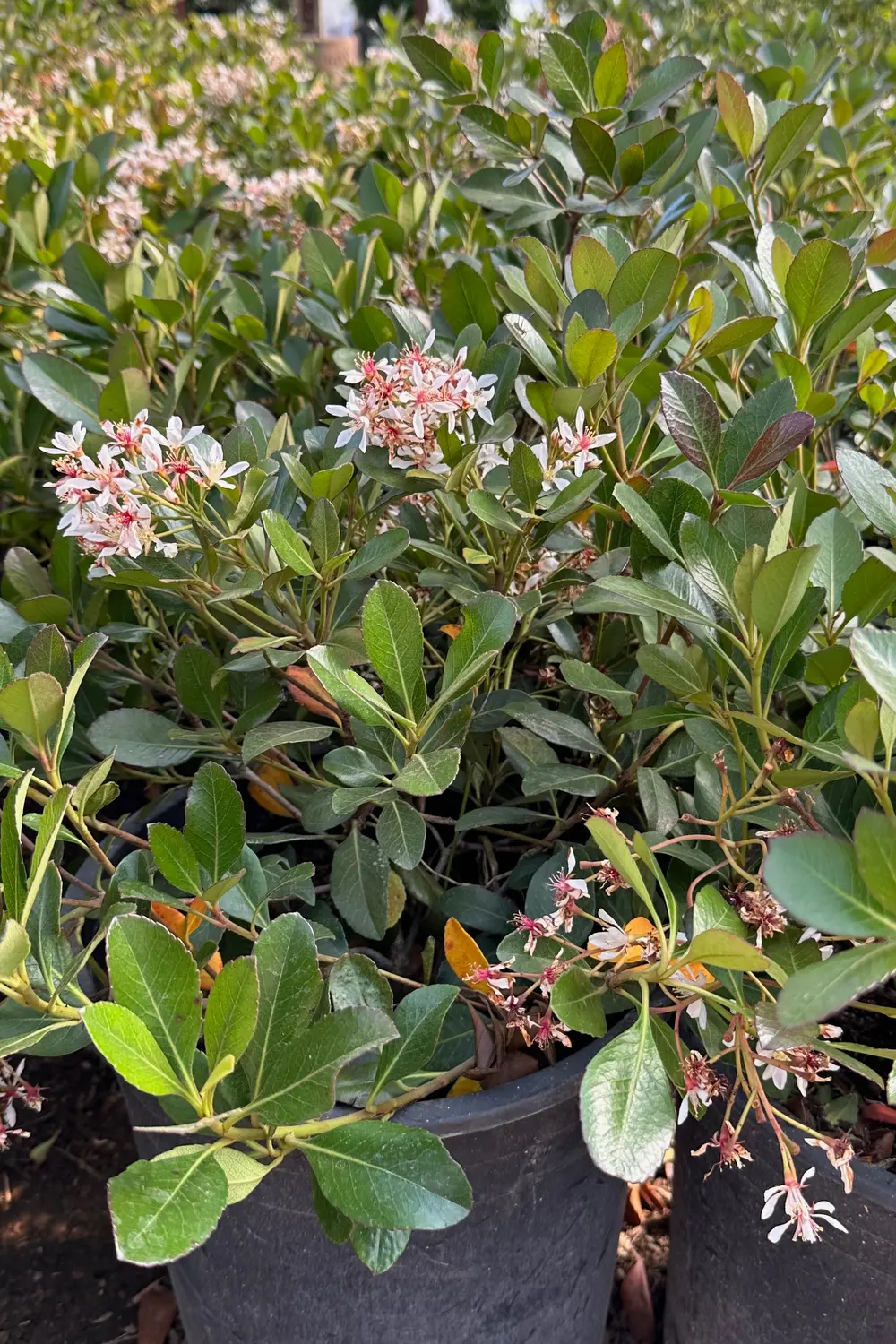
White Hawthorn
Compact mounding shrub to 4 x 4 feet is covered with white flowers in spring. Super accent; low hedge or foundation Plants. Likes full to part sun, amended soil with good drainage and moderate water in growing season. Feed in spring and fall.
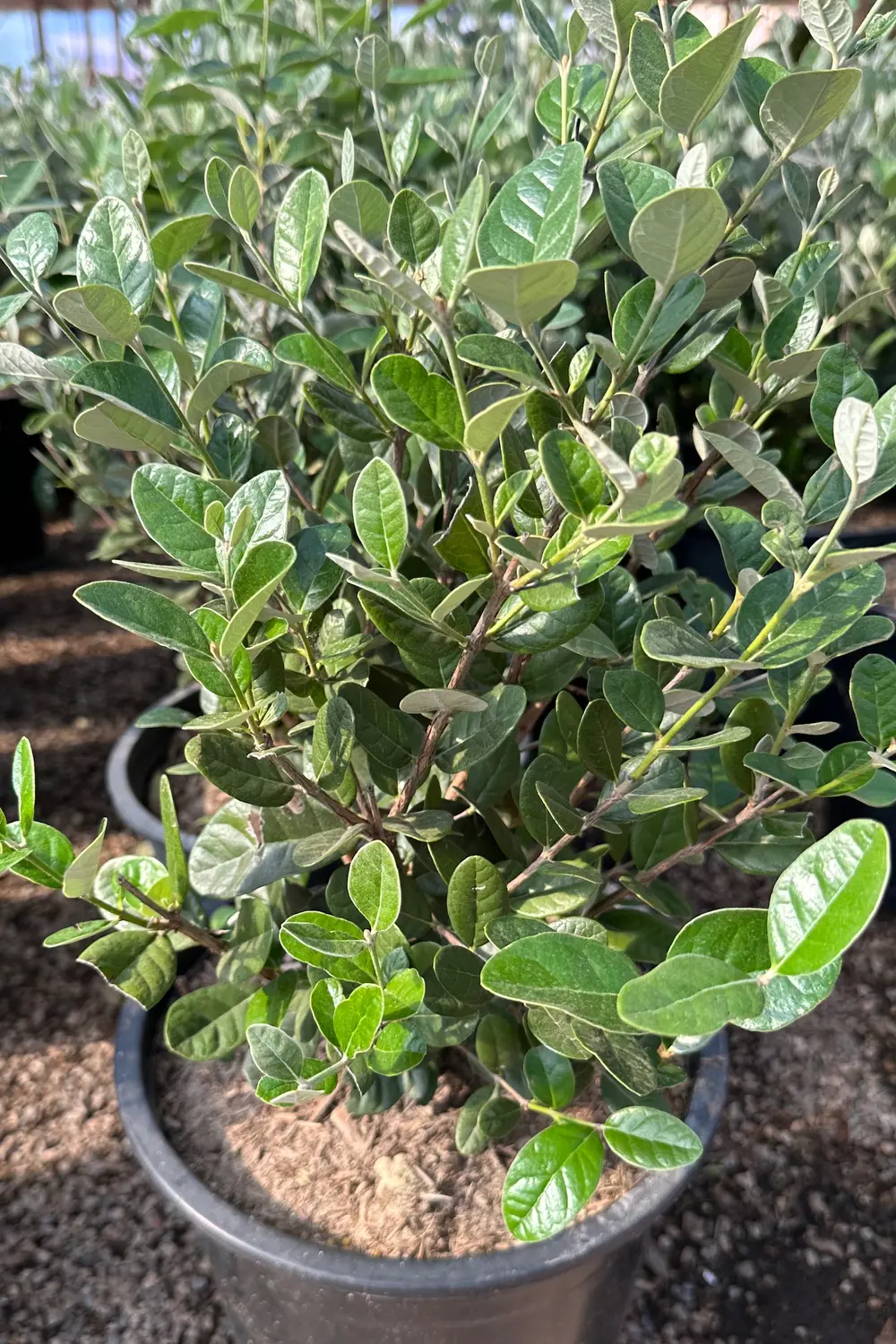
Pineapple Guava
Versatile plant the grows to 8 x 6 feet, does well in heat, cold and poor soil. It has edible flowers that turn into delicious fruit!. Great choice for our climate. Plant as accent or screen. Full to part sun, periodic feeding, water moderately.
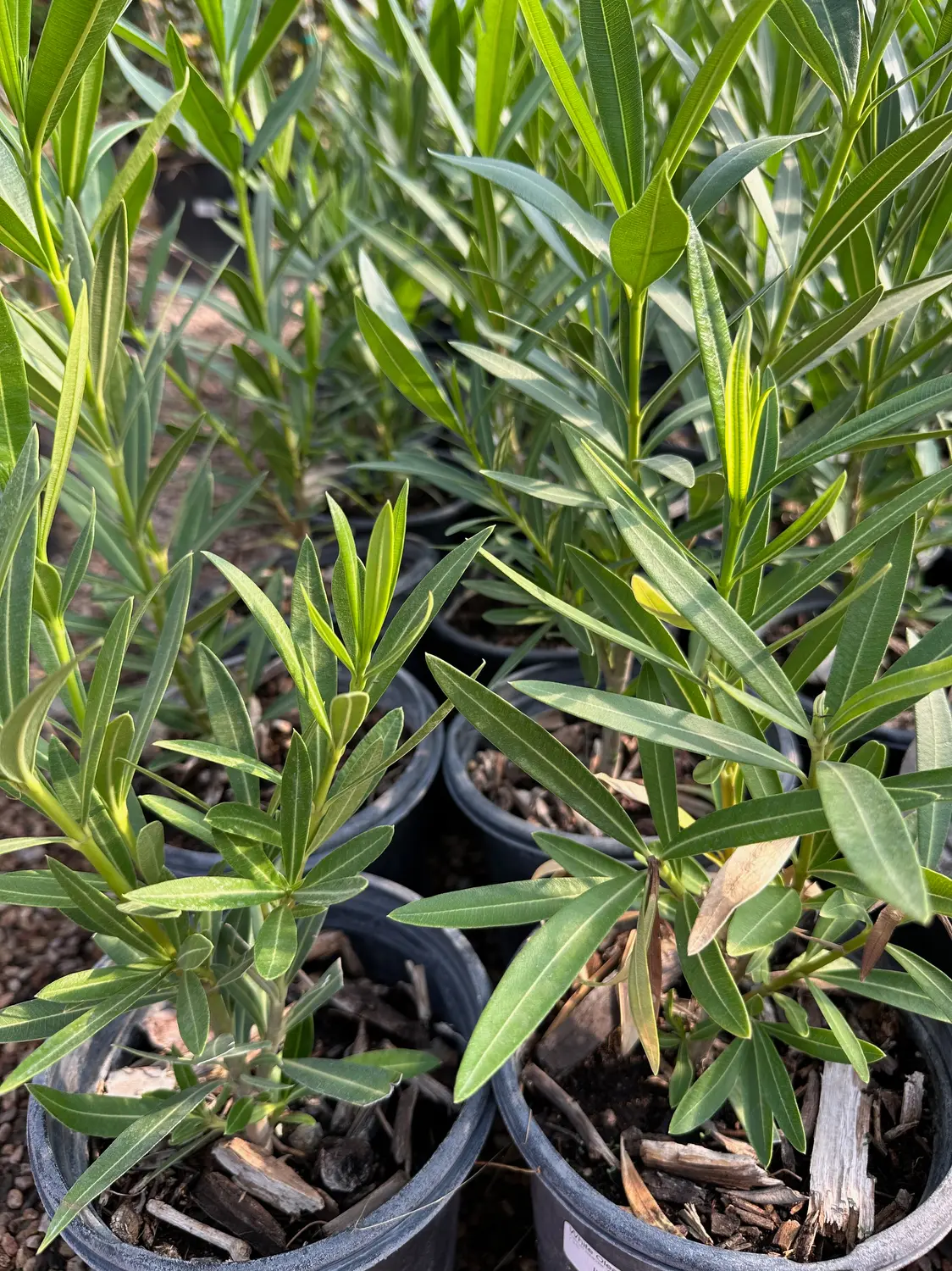
Oleander
Flowering shrub grows to 10 x 10 feet. Comes in a variety of colors from white to deep red. Can be used as a hedge screen or accent. Likes full sun, tolerates any soil, ample or little water, heat and wind. Prune or shear whenever needed.
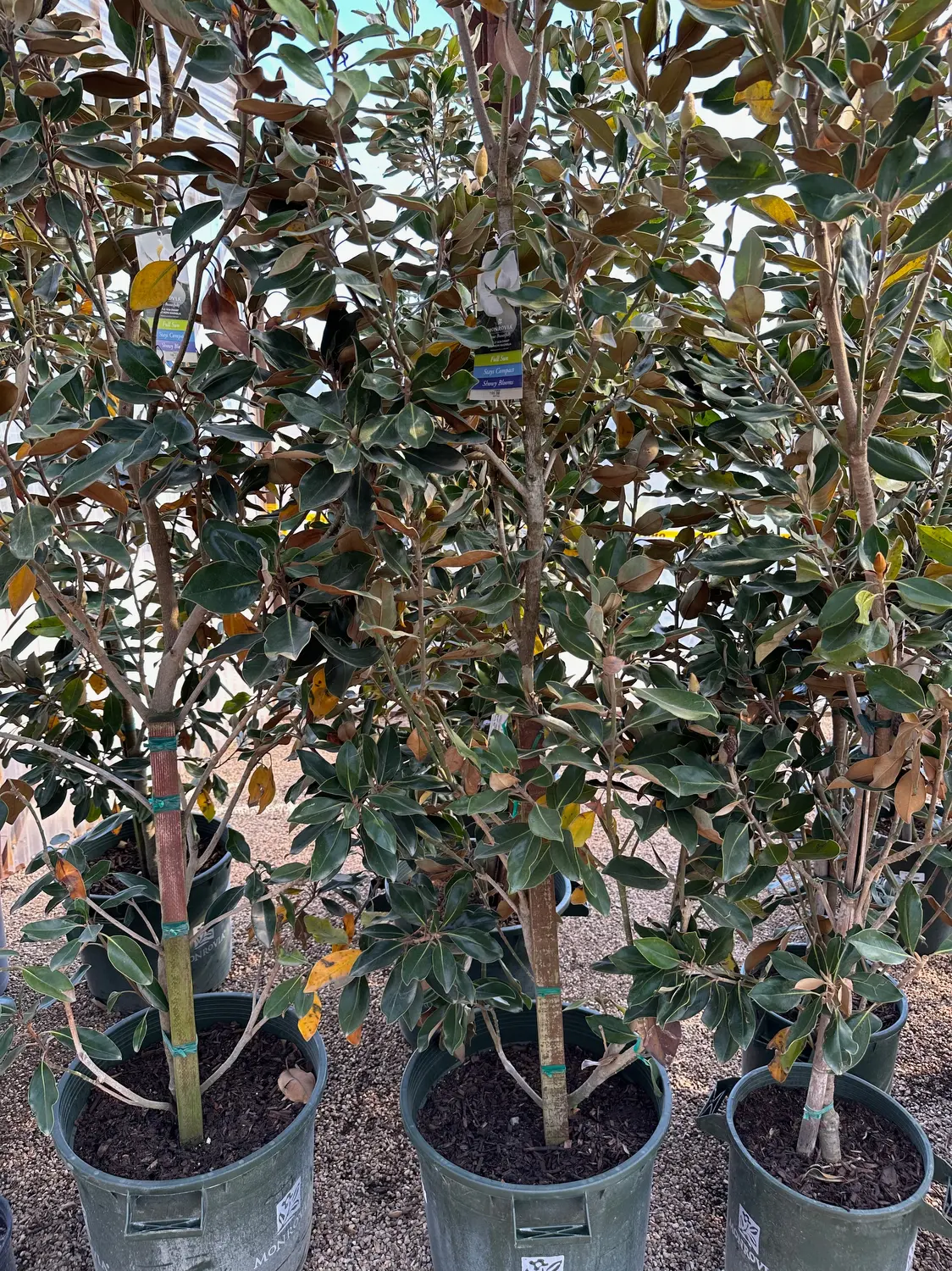
Little Gem Dwarf Magnolia
All the charm of a southern magnolia in a smaller size. The little gem dwarf magnolia is often used as a standout landscape specimen, to add evergreen beauty near decks and patios, as a floral screen or hedge, and in large containers. Blooms as soon as two or three years old.
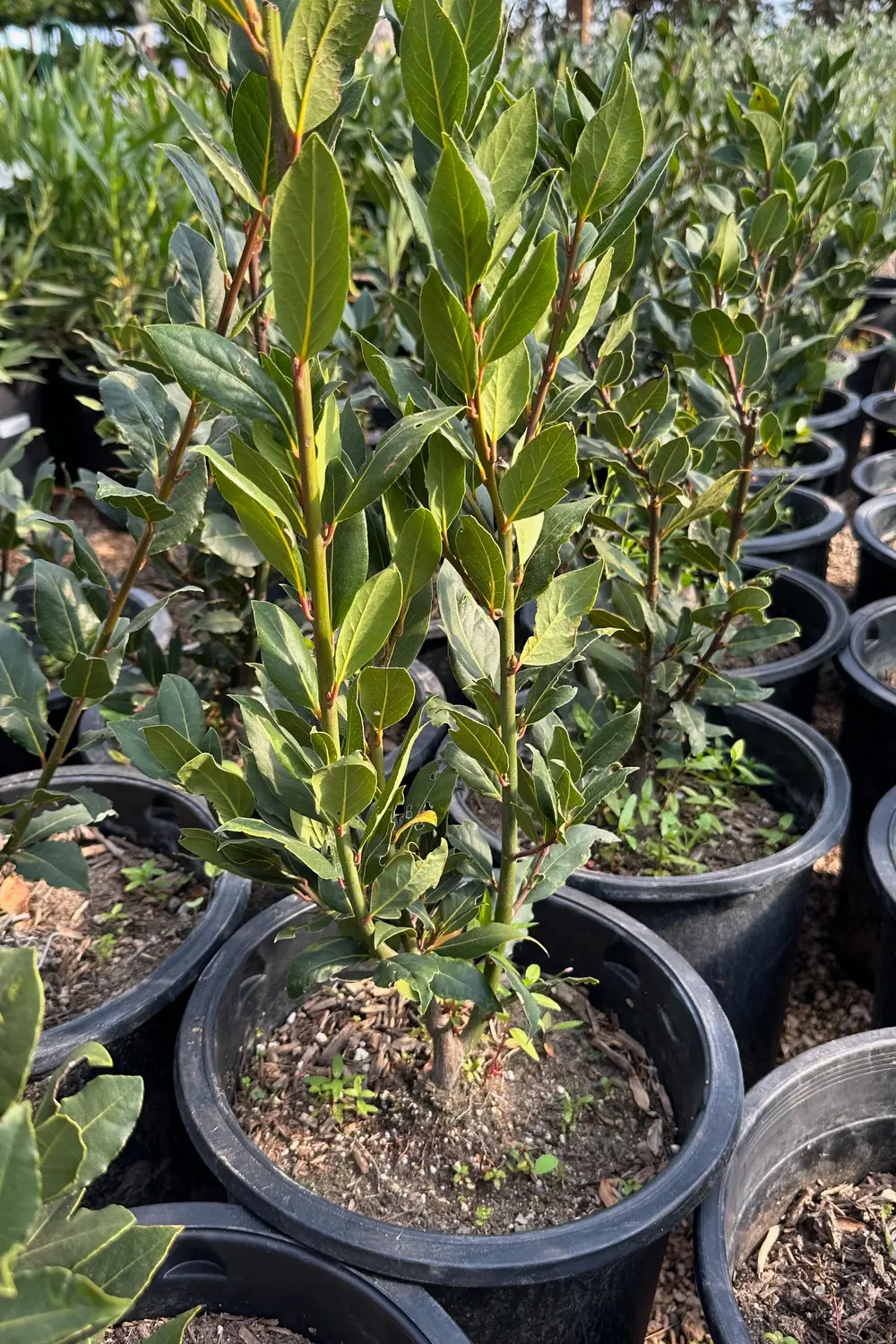
Sweet Bay Laurel
A slender conical form that slowly grows into a small, shapely tree. Dark green, highly aromatic foliage is valued as a flavorful culinary seasoning. Likes morning, amended soil with good drainage and moderate water in season. Prune lightly whenever needed.
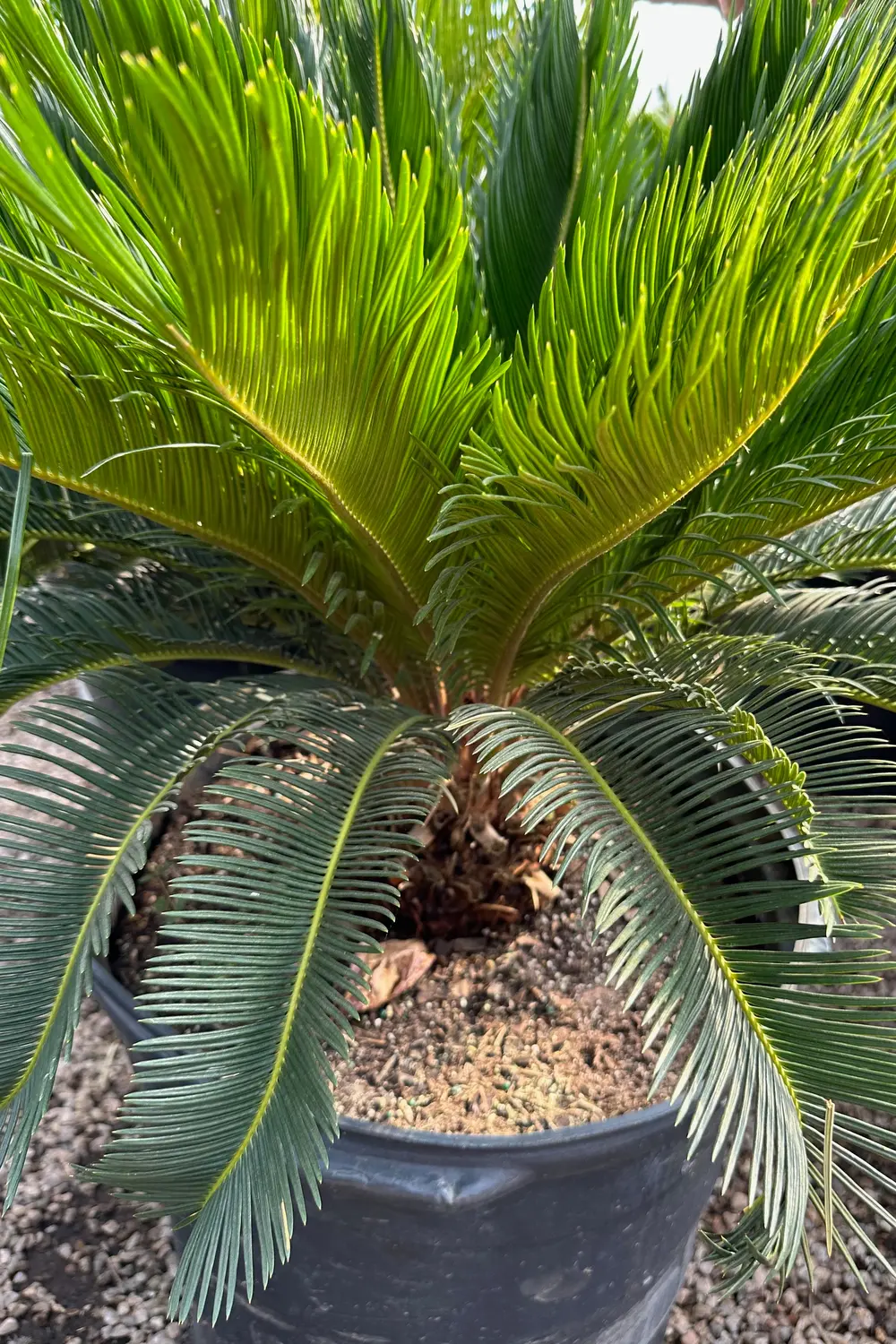
Sago Palm
Cycas revoluta
This palm-like tree is slow-growing and has a long life expectancy. While Sago Palms can reach heights over 10 feet this can take many years. May be damaged at 28F. Wrap with burlap to protect fronds from freezing winds. Does best in filtered morning sun or all shade.
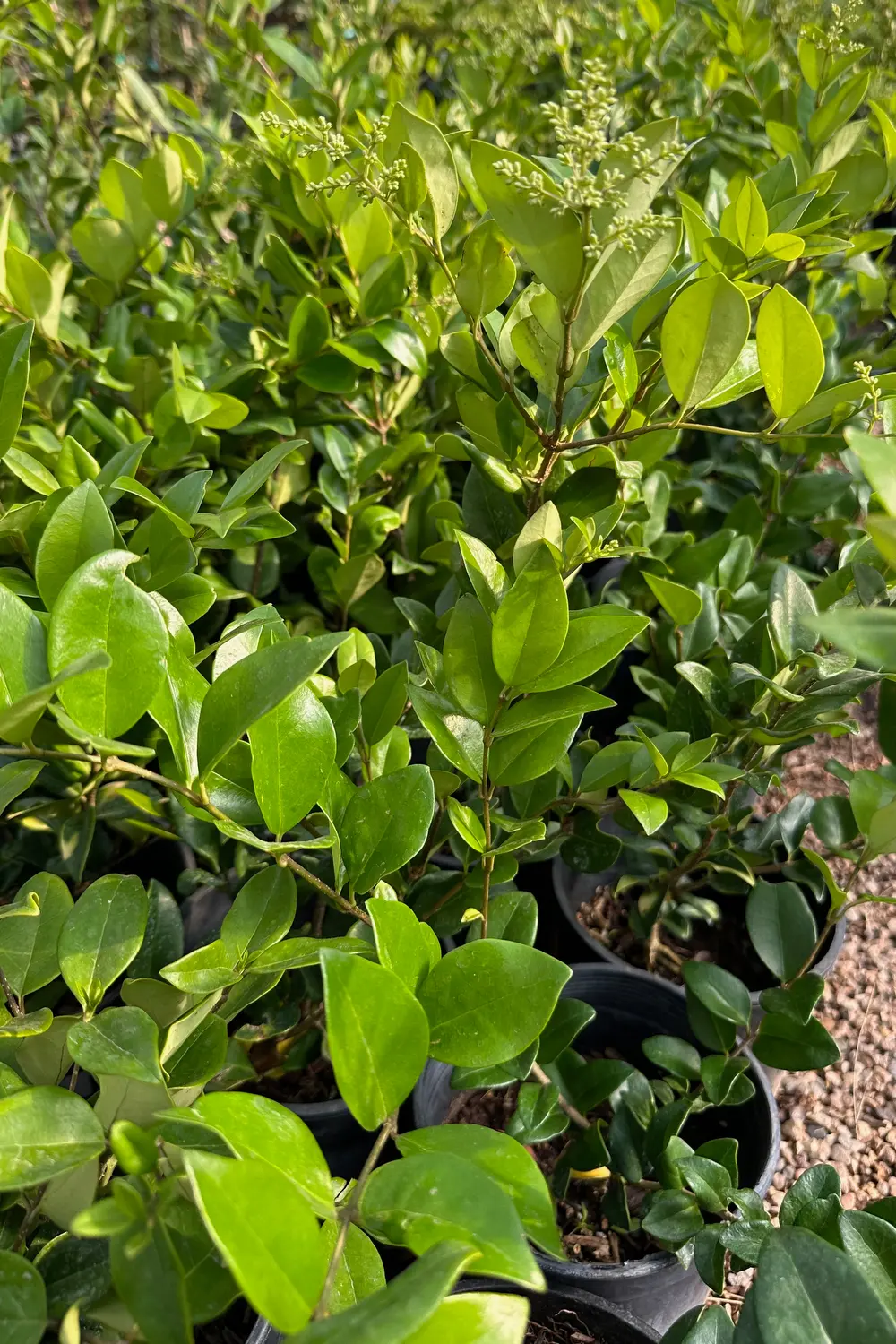
Texas Privet
Classic deep green shrub to 6 feet. Ideal for our climate; makes a excellent accent, border or small scree. Likes full to part sun, amended soil with good drainage and moderate water.
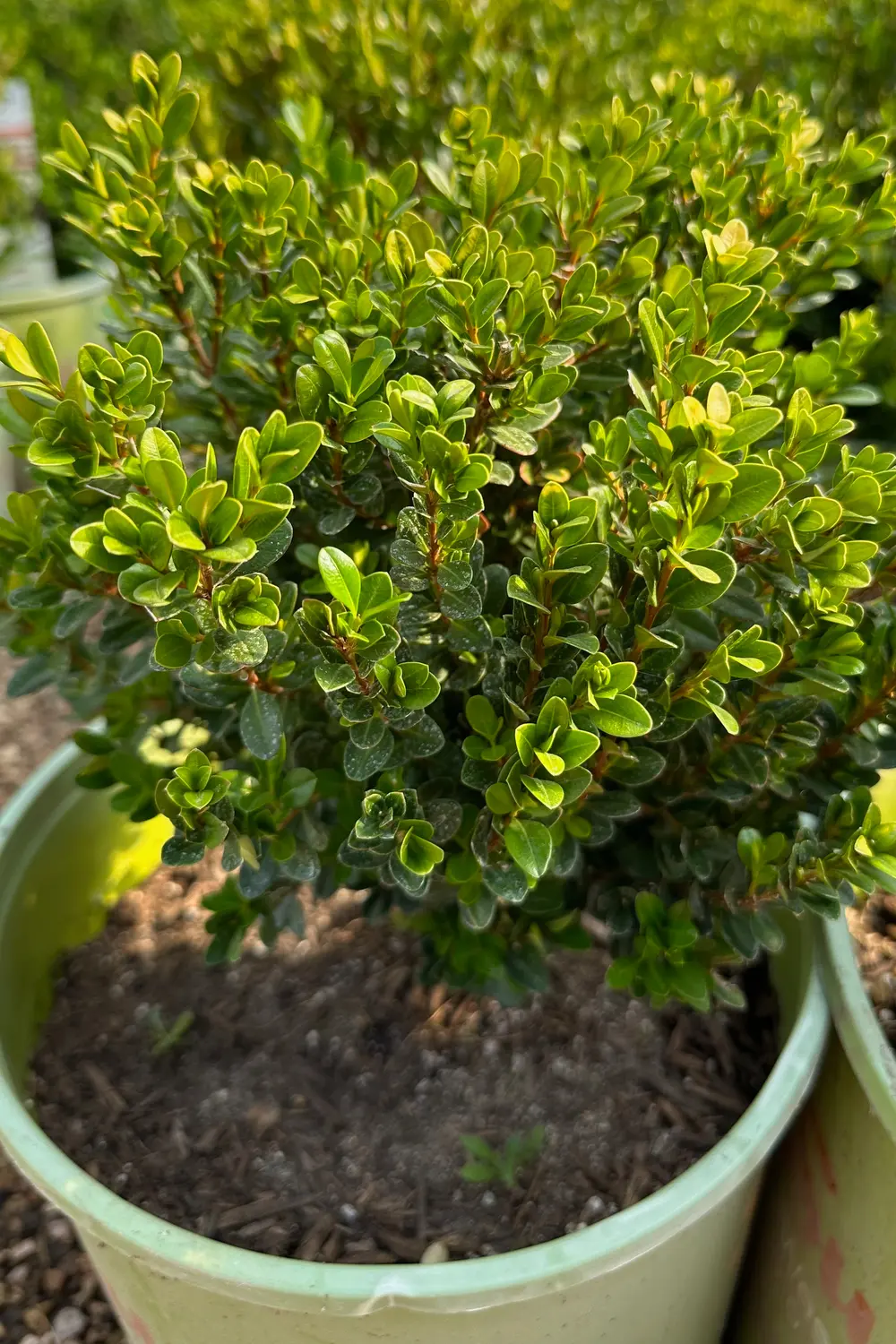
Boxwood
Several varieties of the boxwood shrub thrive in St. George. Japanese, Winter Gem, Baby Gem and more are mostly distinguished by their mature size which can range anywhere from 3 by 3 feet to 5 by 5 feet. They make nice hedges and are suitable for topiary.
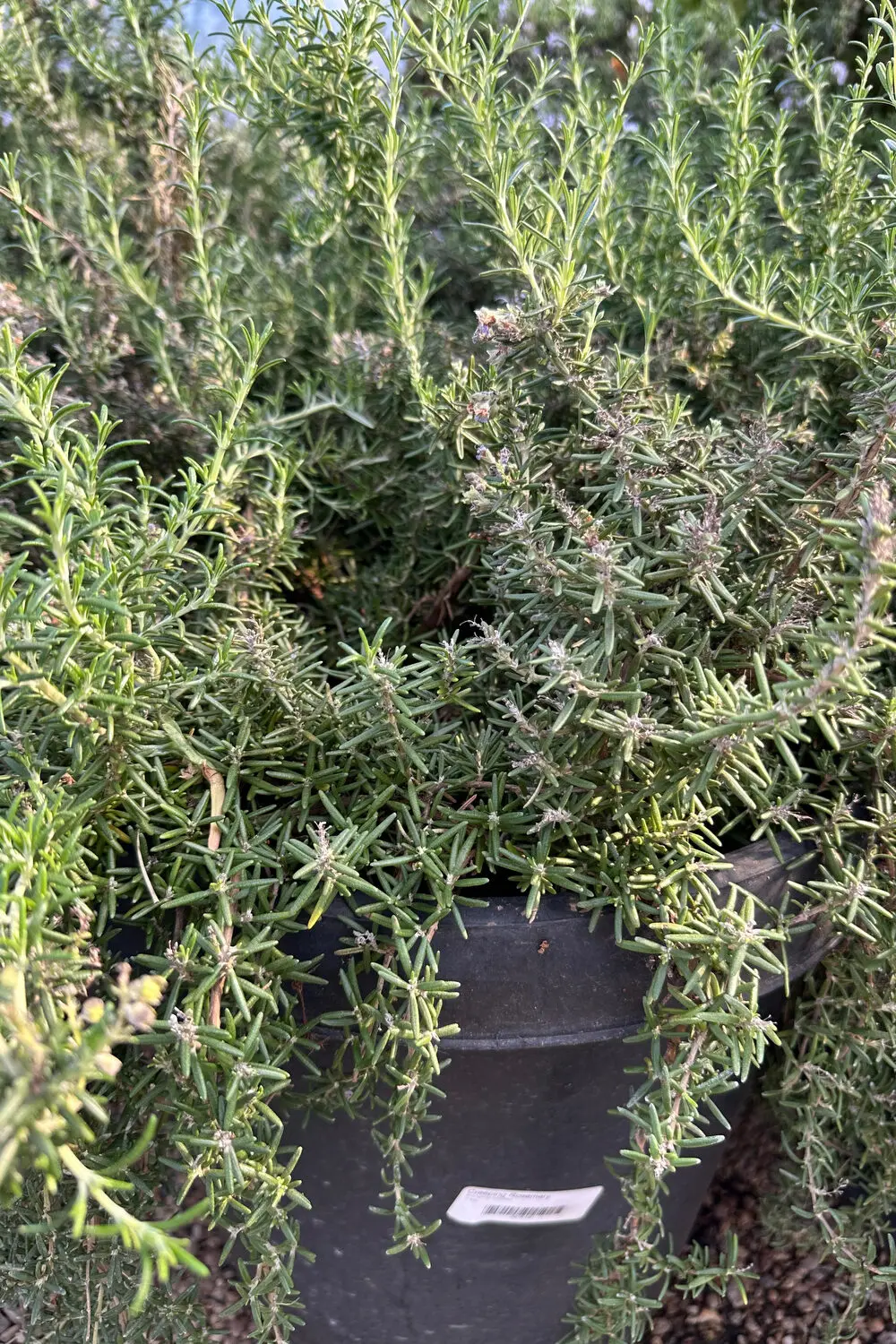
Creeping Rosemary
Rosmarinus officinalis ‘Prostratus’
Creeping rosemary, a low-growing, evergreen herb is a trailing scrub with fragrant, needle-like leaves. Great for ground cover or cascading over walls and thrives in sunny, dry climates and also produces small blue flowers, attracting pollinators.
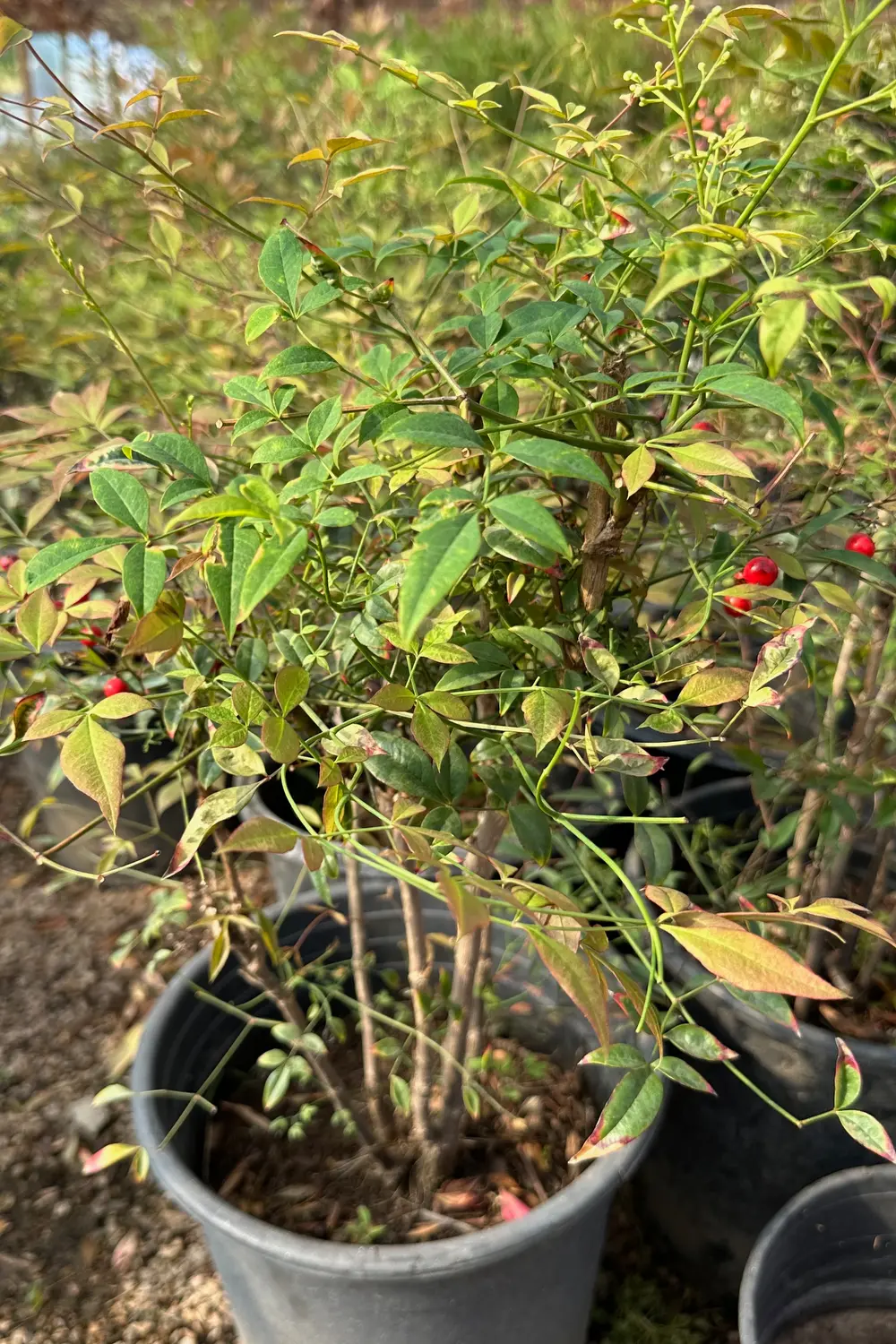
Heavenly Bamboo
Heavenly bamboo is a hardy, evergreen shrub prized for its colorful foliage, white flowers, and bright red berries. It’s not a true bamboo despite its name. Known for its minimal care, this low-maintenance plant adds year-round interest to gardens and thrives in full sun to partial shade.

